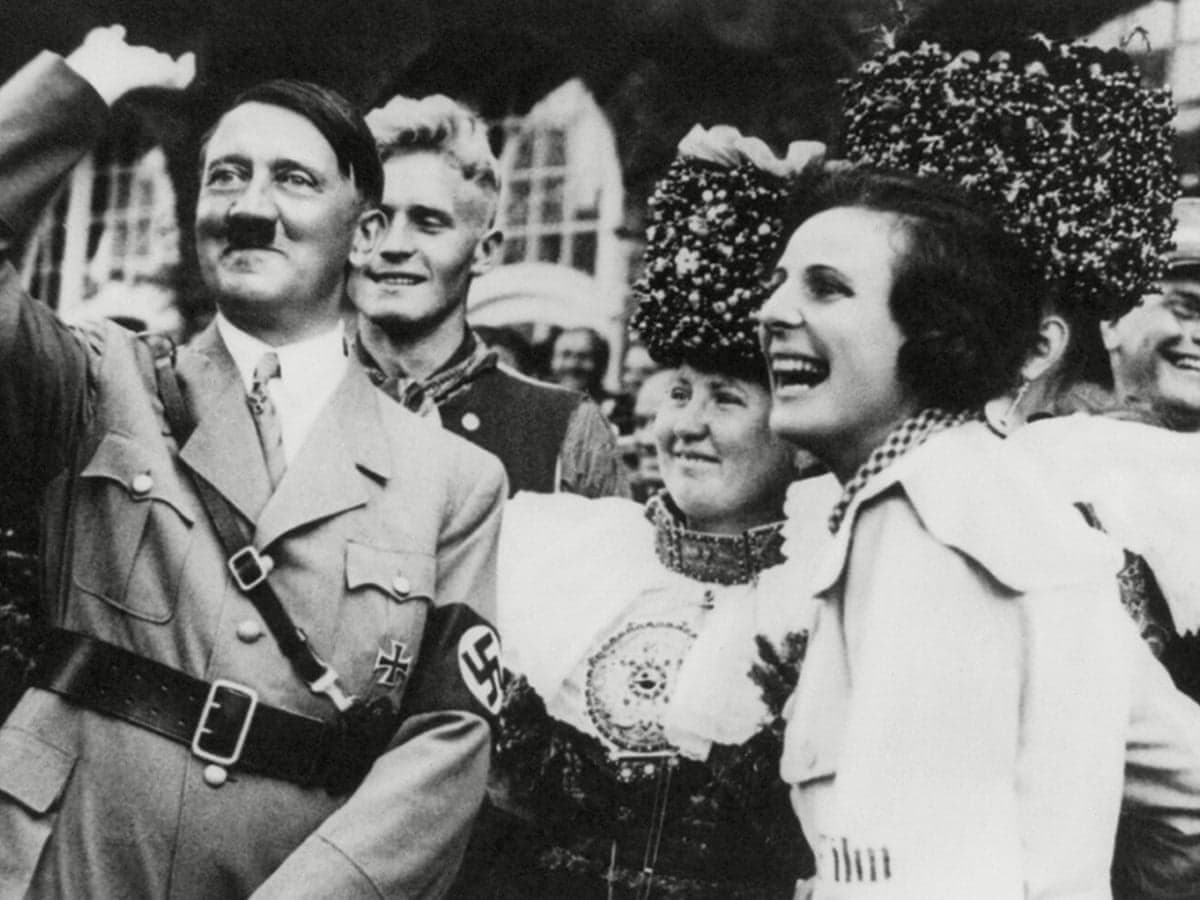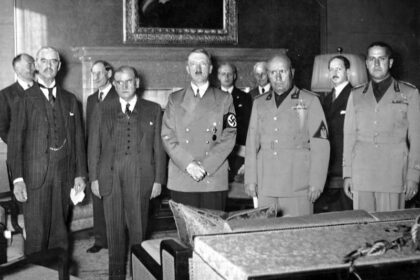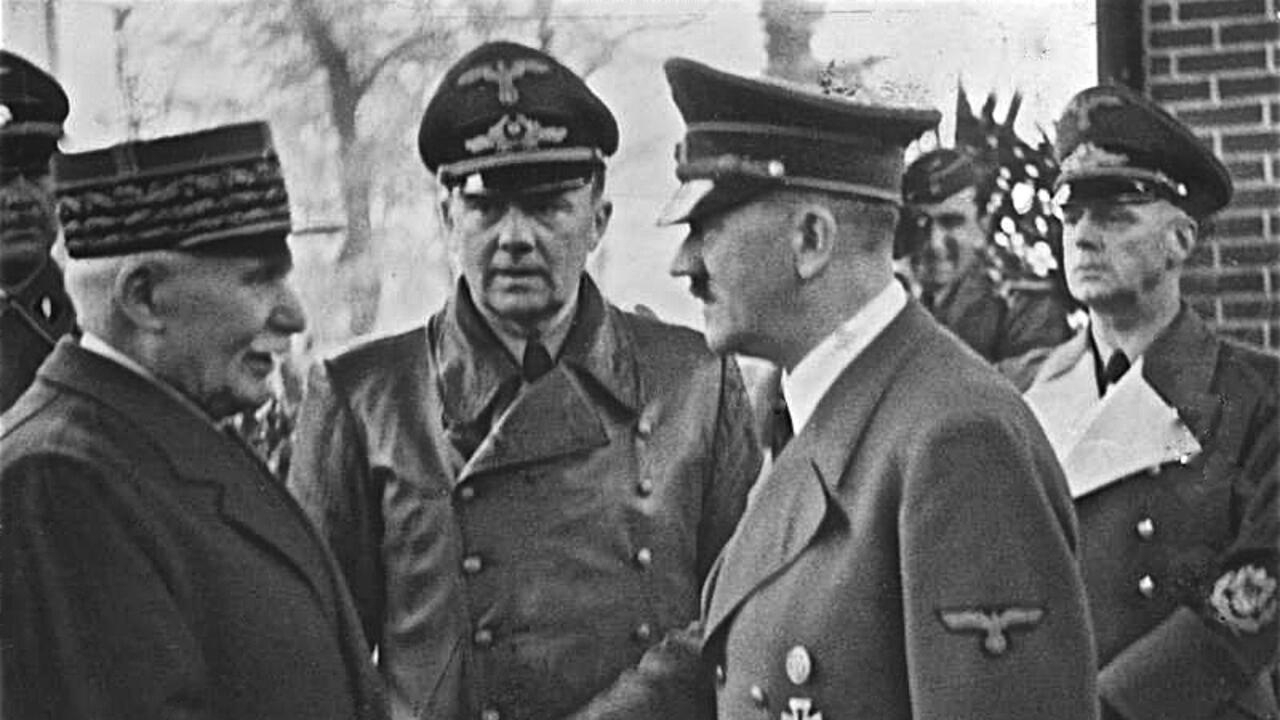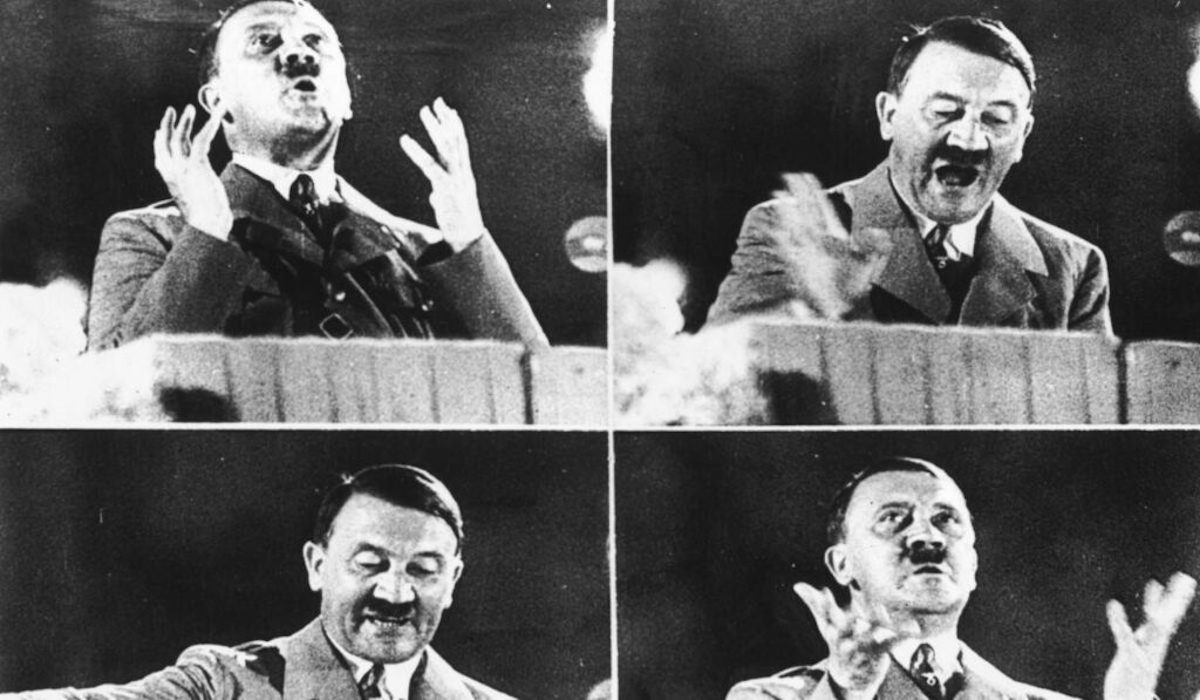What Was the Role of Women in Nazi Germany?
Nazi policies had a lasting impact on the lives of women in Germany. While the Nazis promoted traditional gender roles, the challenges of war and the post-war period influenced women's roles in society and the workforce.






